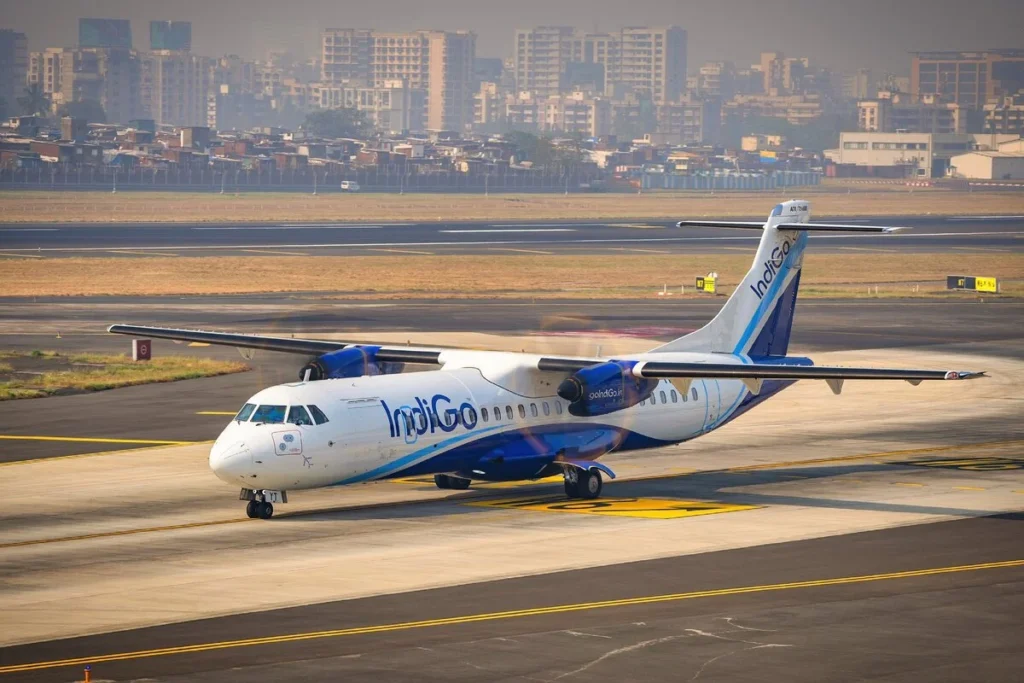New forecasts reveal that India is expected to add around 200 turboprop aircraft to its aviation fleet over the next decade. The country aims to meet the growing demand for air travel, especially in smaller cities and remote areas. Turboprops, which are smaller, fuel-efficient aircraft, are increasingly seen as essential for connecting underserved regions. This move aligns with India’s broader goals of improving regional connectivity and expanding its aviation network.
The forecast comes from a report by leading aviation experts, who anticipate that the market for turboprops in India will grow steadily. Currently, India’s aviation market is among the fastest-growing in the world. In recent years, the Indian government has launched several initiatives to promote air travel, such as the UDAN (Ude Desh ka Aam Naagrik) scheme. This scheme aims to make air travel affordable and widespread, particularly in tier-2 and tier-3 cities. The addition of 200 new turboprops will play a significant role in achieving this goal.
Industry insiders suggest that the demand for turboprop aircraft in India is being driven by several factors. One of the main reasons is the lower operating cost of turboprops compared to jets. They are more suitable for short-haul routes, which are common in India, especially for flights under 600 kilometers. Turboprops consume less fuel and can land on shorter runways, making them ideal for smaller airports in remote regions. Moreover, the government’s push to develop infrastructure in these areas has made it more feasible for airlines to operate these aircraft.
Experts believe that this growth in turboprops will significantly impact India’s aviation landscape. They see it as a step towards enhancing regional air connectivity, which will benefit millions of people in less accessible areas. As a result, more passengers will have access to air travel, boosting tourism and local economies. Airlines such as SpiceJet and Alliance Air, which currently operate turboprops, are expected to expand their fleets to take advantage of this growing demand. Additionally, other airlines might enter the market with their own turboprop offerings to capture a share of the regional market.
However, this expansion does come with challenges. The aviation industry in India faces issues such as high fuel prices, limited airport infrastructure, and regulatory hurdles. The cost of maintaining and operating aircraft in India is still high compared to many other countries. Furthermore, the market for new turboprops is highly competitive, with manufacturers like ATR, De Havilland, and Embraer vying for orders from Indian carriers. Despite these challenges, experts remain optimistic about the future, noting that the government’s support and incentives for regional aviation could help overcome these obstacles.
India’s focus on adding 200 turboprops also aligns with global trends. Many countries are shifting towards smaller, more fuel-efficient aircraft to address environmental concerns and reduce operational costs. In India, turboprops are not only seen as a cost-effective solution but also as a way to support sustainable aviation. The push for greener travel is expected to influence airlines’ choices, leading to a preference for newer, more efficient models.
Aviation experts are also keeping an eye on how this forecast might impact the global aviation industry. Manufacturers like ATR and De Havilland could see a surge in orders from India, boosting their production and sales figures. India, being one of the largest emerging markets, presents a significant opportunity for these companies. This potential growth is likely to attract global players who are looking to invest in the Indian aviation sector.
In addition to this, the addition of turboprops will likely encourage investment in India’s airport infrastructure. Smaller airports, which currently lack sufficient traffic, will see more activity, prompting upgrades and expansions. This development will further support the government’s goal of connecting remote and underserved regions by air, fostering overall growth in the aviation sector.
The forecast for India to add 200 turboprops by 2033 marks a crucial development in the country’s aviation sector. It reflects the growing demand for regional connectivity and the government’s efforts to make air travel more accessible and affordable. While there are challenges to be faced, the potential benefits to passengers, airlines, and the economy make this a promising direction for the future of Indian aviation. As the next decade unfolds, all eyes will be on how India navigates these opportunities and challenges to transform its regional air travel landscape.
